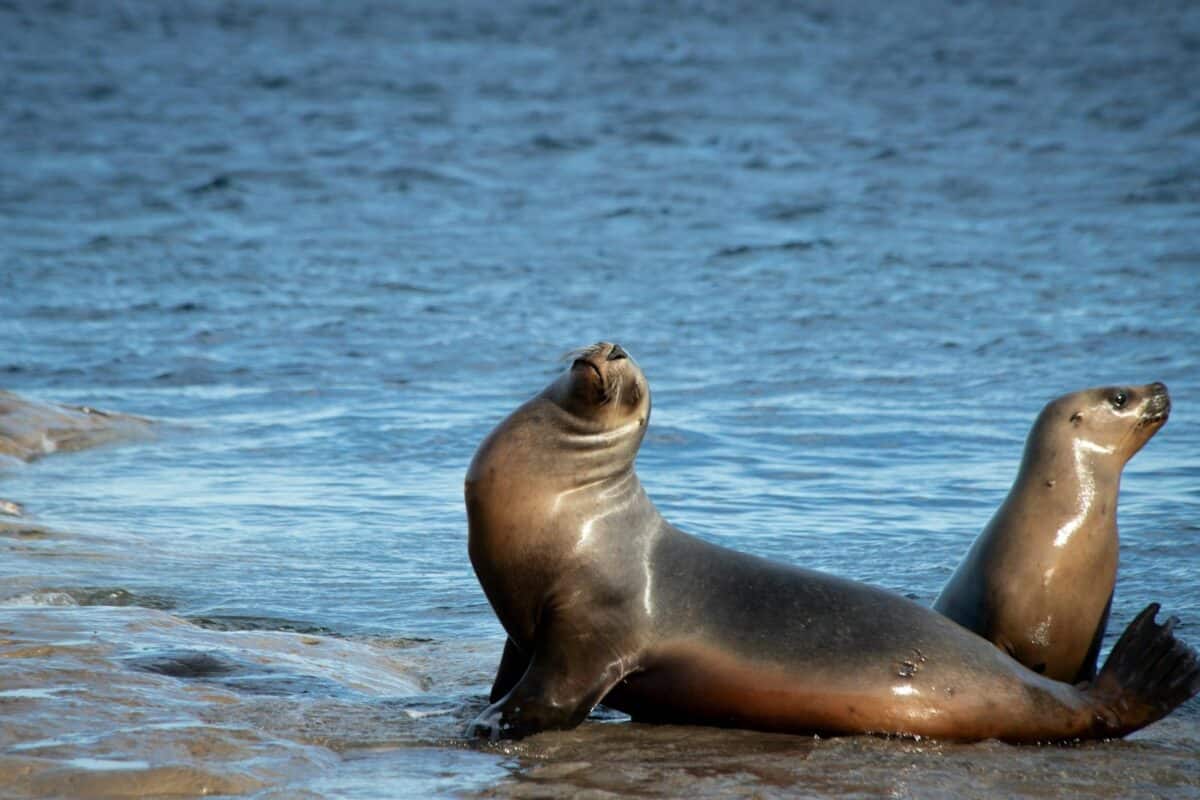In the marine mammal world, sea lions stand out not only for their remarkable swimming abilities and distinctive barking vocalizations but also for a particularly charming post-meal behavior that has captivated researchers and visitors at marine facilities worldwide. Many sea lions demonstrate what appears to be a celebratory clapping motion after consuming their meals, using their front flippers to create a distinctive slapping sound against the water or their bodies. This behavior, while not universal among all sea lions, has been documented frequently enough to warrant scientific investigation into its purpose and meaning within sea lion communication and social structures.
The clapping behavior typically involves the sea lion bringing its front flippers together repeatedly in quick succession, creating a series of audible claps. While humans might interpret this as a form of celebration or satisfaction after a good meal, marine biologists have developed various theories about the actual function of this behavior in wild and captive settings. Understanding these unique behavioral patterns provides valuable insights into the complex communication systems of these intelligent marine mammals and their remarkable adaptations to their environment.
The Biology Behind Sea Lion Clapping

Sea lions possess remarkably dexterous front flippers that are anatomically designed for both swimming and limited terrestrial movement. Unlike true seals, sea lions can rotate their rear flippers forward, allowing them to “walk” on land with more agility. Their front flippers contain elongated finger bones encased in a flexible membrane, creating paddle-like appendages that enable precise movements in water. This specialized anatomy makes the clapping motion physically possible, as sea lions can effectively manipulate their flippers with significant control and coordination.
The muscular structure of sea lion flippers includes well-developed pectoral muscles that provide the strength necessary for powerful swimming strokes and, consequently, the force behind their clapping behaviors. The neural pathways controlling these movements are highly developed, allowing for the fine motor control needed to perform intricate movements like clapping. This biological foundation explains how sea lions can physically perform these deliberate, coordinated movements that we observe after feeding sessions.
Is It Really Celebration? Understanding Sea Lion Behavior
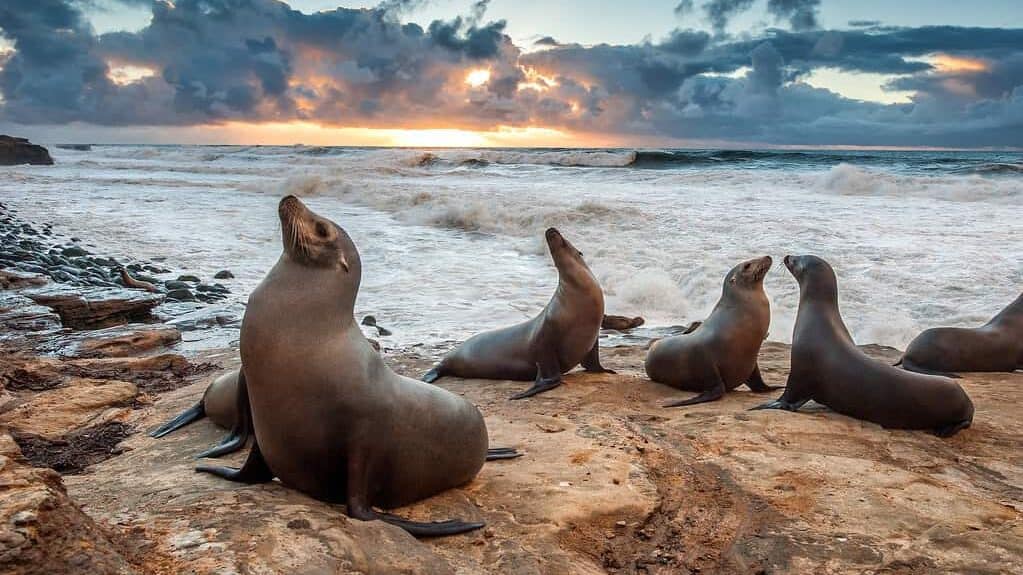
While the clapping behavior may appear celebratory to human observers, interpreting animal behaviors through a human lens can lead to misunderstandings. Marine mammal researchers caution against anthropomorphizing these actions without scientific evidence. Studies suggest that what looks like post-meal celebration may serve multiple biological and social functions within sea lion communities. The timing of these behaviors after feeding may be coincidental or could indicate satisfaction, but the purpose likely extends beyond simple expressions of happiness.
Scientists who study pinnipeds (seals, sea lions, and walruses) propose that clapping behaviors might serve as communication signals, territorial displays, or play behaviors that strengthen social bonds. In captive environments, these behaviors may be reinforced through positive human reactions or rewards. Understanding the true nature of these behaviors requires careful observation across different contexts and environments, as well as consideration of the species-specific communication systems that sea lions have developed over evolutionary time.
Species Variations in Clapping Behavior
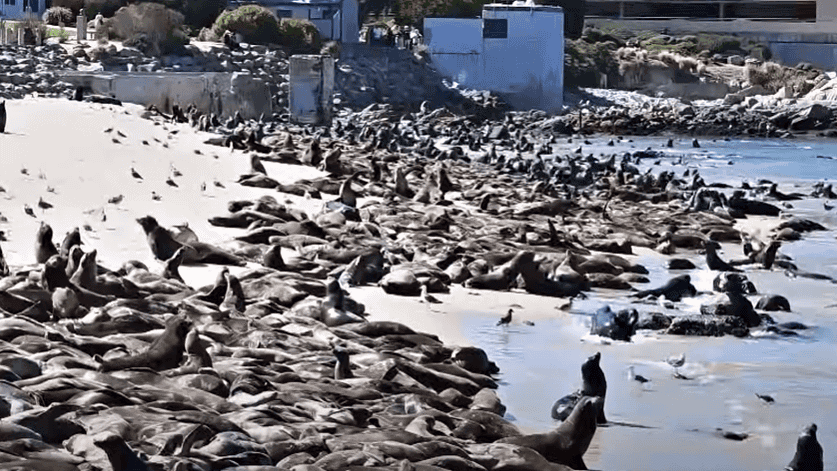
The sea lion family (Otariidae) comprises several species distributed across various regions of the world, and not all species exhibit identical clapping behaviors. California sea lions (Zalophus californianus) are perhaps the most well-known for their demonstrative behaviors, including the apparent post-meal clapping. These highly trainable sea lions are common in zoological facilities and aquatic shows, where their natural behaviors may be shaped and reinforced through training. Steller sea lions (Eumetopias jubatus), the largest of the sea lion species, have also been observed performing similar movements, though less frequently.
South American sea lions (Otaria flavescens) and Australian sea lions (Neophoca cinerea) demonstrate their own variations of flipper movements that may serve similar functions. These variations across species suggest that while the basic behavior may have evolutionary roots common to all sea lions, cultural learning and environmental factors may influence how and when different populations display these behaviors. Researchers continue to document these variations to better understand the evolutionary and ecological significance of these fascinating behavioral patterns.
The Role of Clapping in Sea Lion Communication
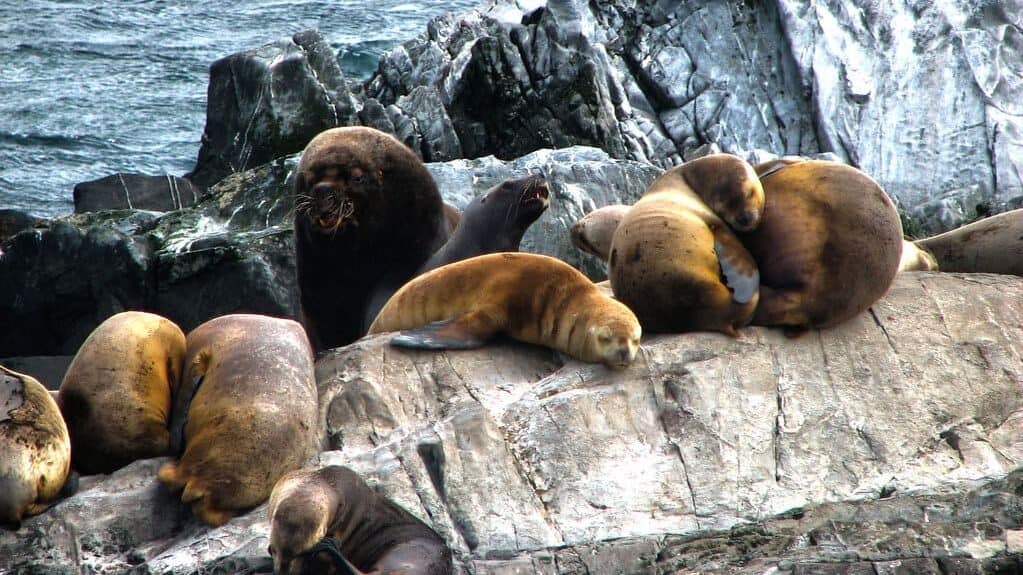
Sea lions are highly social animals with complex communication systems that include vocalizations, body postures, and physical interactions. The clapping behavior appears to be one component of this elaborate communication network. In wild colonies, sea lions live in dense aggregations where clear communication is essential for maintaining social hierarchies, coordinating group activities, and reproductive success. Acoustic signals like clapping can travel effectively both above and below water, potentially serving as attention-getting devices or territorial announcements.
Research suggests that the sounds produced by flipper clapping may carry specific information about the individual sea lion’s size, strength, or status within the colony. The timing of these claps in relation to feeding might signal resource possession or satiation to other colony members. In mother-pup relationships, females have been observed using gentle flipper movements to guide and communicate with their young, suggesting that variations of these movements serve different communicative functions depending on context and intensity.
Captive Observations vs. Wild Behaviors
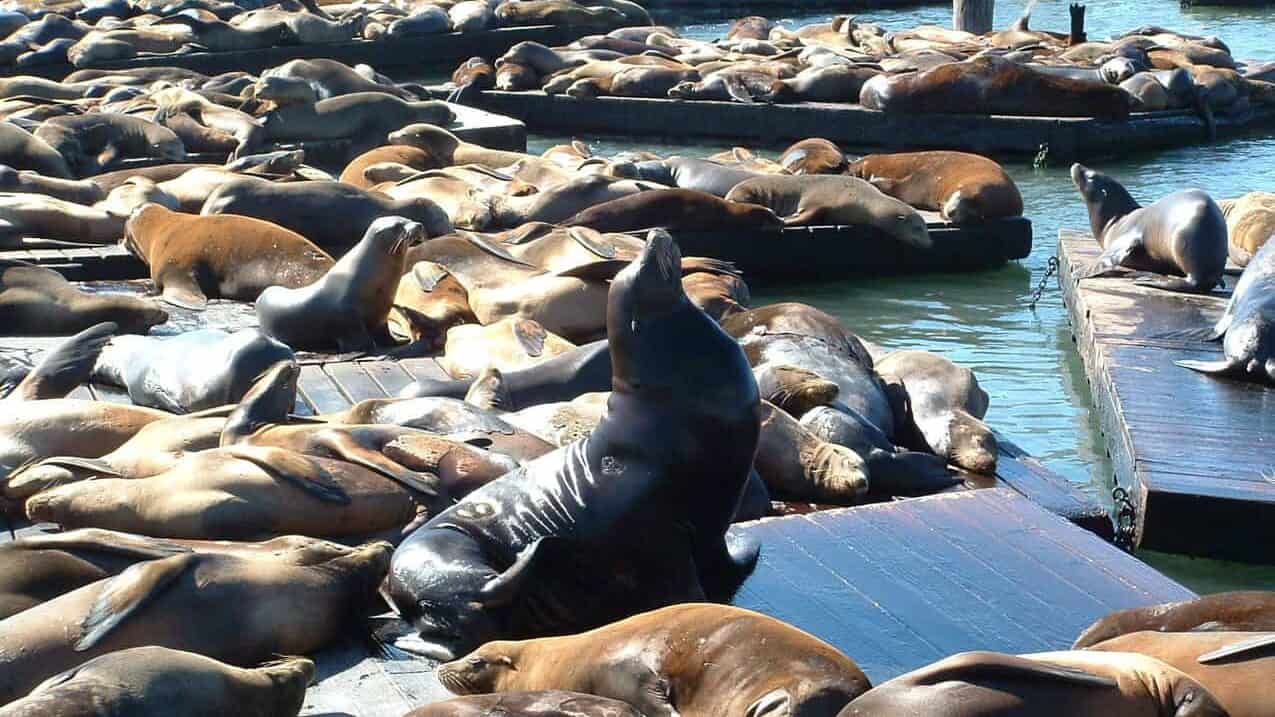
The post-meal clapping behavior is most frequently observed and documented in captive settings, raising important questions about whether this behavior is equally prevalent in wild populations or if it’s partially a product of captive environments. In aquariums and marine parks, sea lions often receive food as rewards during training sessions, potentially creating associations between feeding, performing behaviors, and receiving positive reinforcement. This conditioning might explain why captive sea lions appear to “celebrate” after meals more visibly than their wild counterparts.
Field researchers studying wild sea lion colonies have documented similar flipper movements, though not always in direct association with feeding. Wild sea lions typically engage in more extended foraging sessions rather than discrete meals, making the connection between feeding and subsequent behaviors more difficult to establish definitively. Some researchers suggest that what appears as celebratory clapping in captivity might serve different ecological functions in natural settings, such as communication during hunting collaborations or territorial displays after securing feeding grounds.
Scientific Studies on Post-Feeding Behaviors
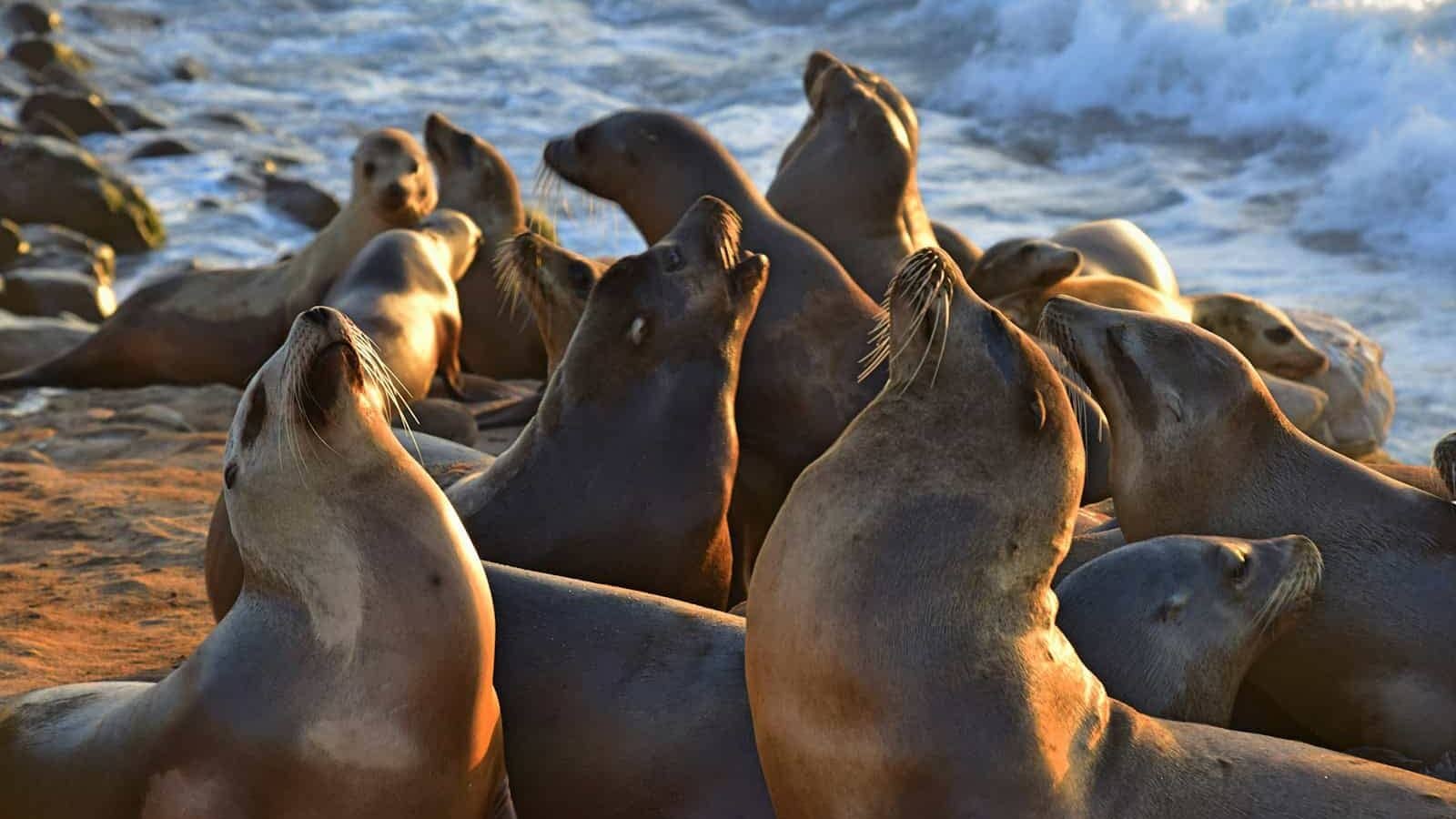
Several scientific studies have investigated the relationship between feeding and subsequent behaviors in sea lions. Research conducted at marine mammal research centers has documented consistent patterns of increased physical activity, including flipper movements resembling clapping, in the minutes following feeding sessions. These studies typically employ video analysis and behavioral scoring methods to quantify the frequency and context of these behaviors. Results suggest that post-feeding activity levels are significantly higher than pre-feeding baselines, supporting the observation that sea lions become more animated after eating.
Neurobiological research indicates that feeding triggers the release of dopamine and other neurotransmitters associated with pleasure and satisfaction in mammals, potentially explaining the apparent exuberance observed after meals. However, the specific triggers for clapping behaviors remain under investigation. Some studies suggest these movements might also serve digestive functions, helping sea lions settle their meal or redistribute air in their digestive tracts. The scientific community continues to develop more sophisticated research methodologies to distinguish between learned behaviors, instinctual responses, and socially transmitted cultural behaviors in these marine mammals.
Training and Reinforcement in Marine Parks
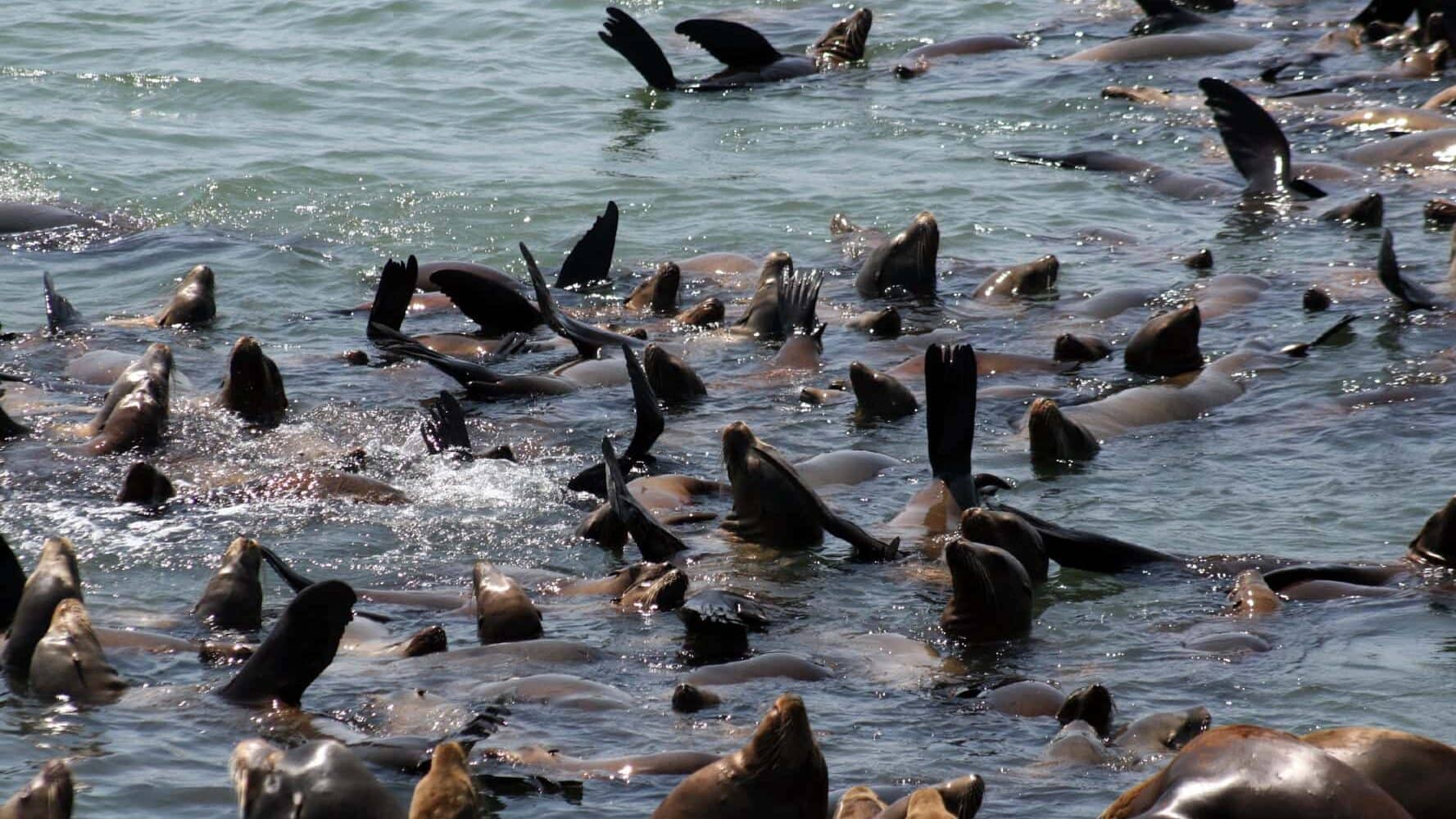
In marine parks and aquariums worldwide, sea lion performances often feature clapping behaviors as crowd-pleasing elements of shows. Trainers use positive reinforcement techniques to encourage and shape these natural behaviors into reliable performance elements. Through careful conditioning, sea lions learn to associate specific signals with the clapping behavior and receive food rewards for performing on cue. This training builds upon the sea lions’ natural behavioral repertoire rather than teaching entirely artificial movements, which explains why the trained behaviors appear so fluid and natural.
The close relationship between feeding and performing in these settings may further strengthen the association between food and clapping behaviors, potentially amplifying what might be a more subtle natural behavior. Marine mammal trainers and animal behaviorists emphasize the importance of understanding the distinction between behaviors that have been selectively reinforced and those that occur spontaneously. Many facilities now incorporate research protocols into their training programs, documenting spontaneous behaviors to contribute to the scientific understanding of these remarkable animals while ensuring their care practices respect natural behavioral patterns.
The Social Context of Sea Lion Clapping
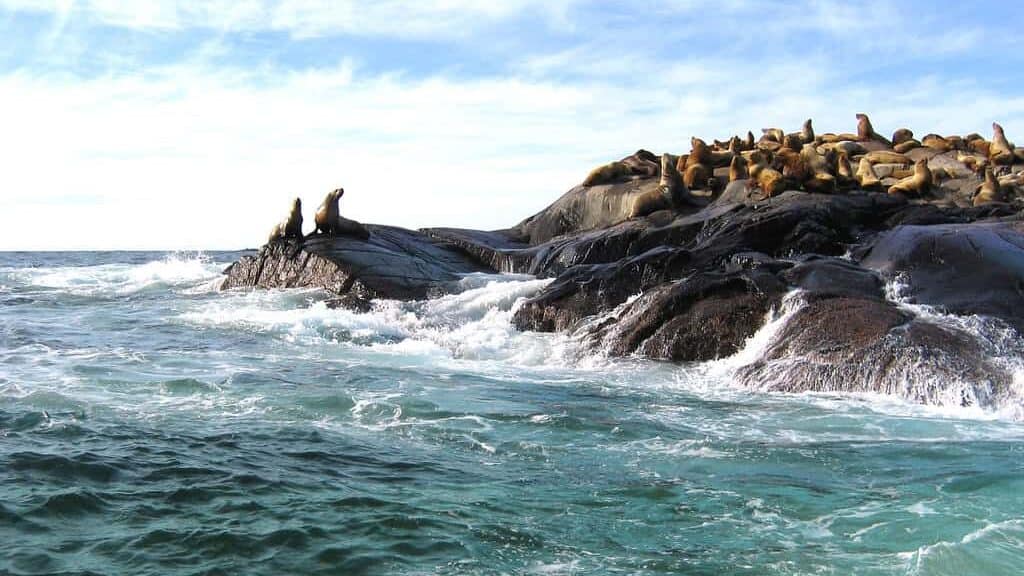
Sea lions are highly gregarious animals that live in colonies ranging from dozens to thousands of individuals. Within these social structures, individuals establish complex relationships and communication patterns. Clapping behaviors appear to have different meanings depending on the social context in which they occur. When performed after feeding in group settings, clapping may serve as a form of social facilitation—a way of communicating successful feeding to other colony members or establishing dominance over food resources.
Young sea lions have been observed learning and practicing flipper movements through play and imitation, suggesting that clapping behaviors may be culturally transmitted within populations. This social learning component adds another dimension to understanding why certain groups or populations might demonstrate more pronounced clapping behaviors than others. In breeding colonies, males sometimes incorporate dramatic flipper movements into their territorial and mating displays, indicating that these behaviors serve multiple functions across different social contexts and life stages of sea lions.
Evolutionary Advantages of Post-Meal Behaviors
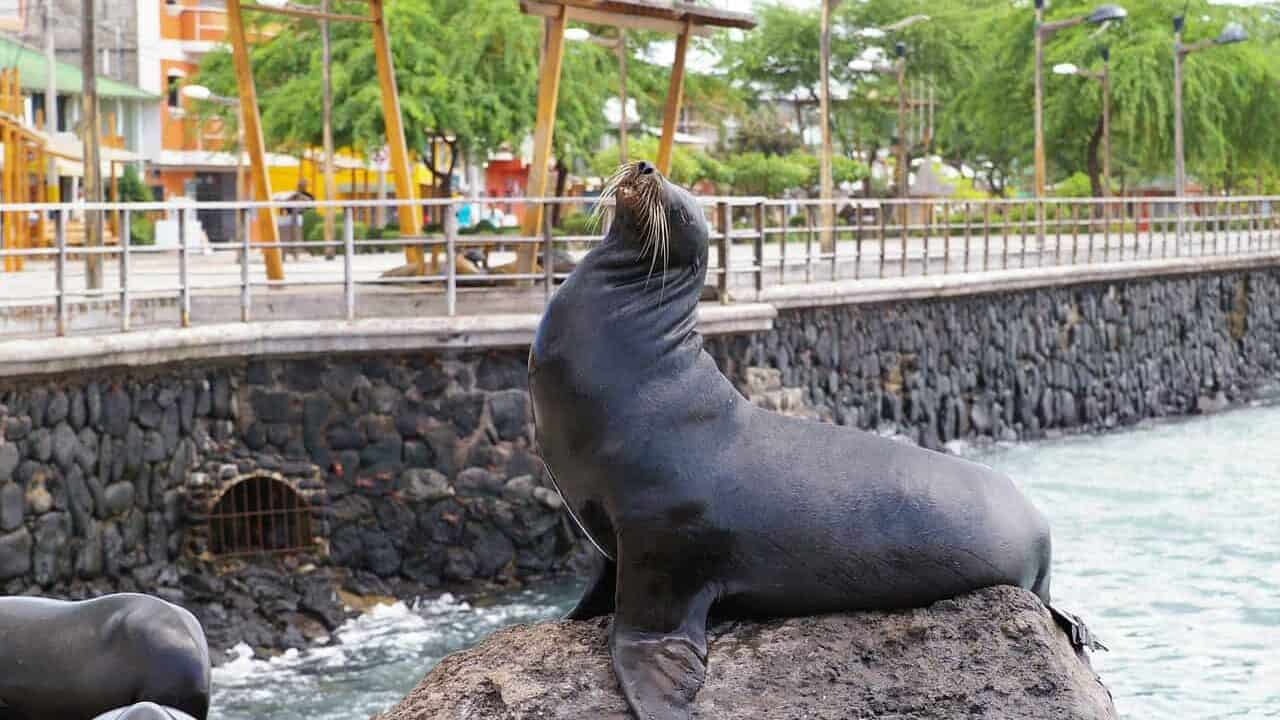
From an evolutionary perspective, behaviors that persist across generations typically offer some adaptive advantage. The post-meal clapping behaviors of sea lions may have evolved to serve several survival functions. One theory suggests that vigorous movement after feeding might aid digestion, similar to how moderate activity after eating can benefit digestion in humans. By moving their bodies through clapping and other activities, sea lions might help move food through their digestive system more efficiently, particularly important for animals that sometimes consume large quantities of food in single feeding sessions.
Another evolutionary explanation focuses on the communicative value of these behaviors. In competitive feeding environments, signaling successful feeding through visible and audible displays might help coordinate group hunting activities or establish feeding territories. For mother-pup pairs, post-feeding behaviors might strengthen bonds and teach young sea lions important social skills. The persistence of these behaviors across different sea lion species suggests they likely offer genuine evolutionary advantages rather than being merely incidental movements, though the specific advantages may vary across different ecological niches and social structures.
Comparable Behaviors in Other Marine Mammals

Sea lions are not the only marine mammals that display interesting post-feeding behaviors. Dolphins have been observed performing elaborate aerial displays after successful hunting, while some whale species engage in what appears to be playful activity following feeding sessions. These patterns suggest that post-feeding behavioral displays might serve similar functions across different marine mammal groups, despite their distinct evolutionary histories. Researchers studying comparative animal behavior note that these similarities might represent convergent evolution—different species independently developing similar behavioral adaptations to address common challenges.
However, the specific flipper-clapping behavior appears most developed in sea lions and their close relatives. Their unique anatomy, with relatively mobile front flippers capable of being brought together in front of the body, makes this particular behavior possible. Other pinnipeds like harbor seals have more limited flipper mobility and typically display different types of post-feeding behaviors. These anatomical differences highlight how physical adaptations and behavioral repertoires evolve together, creating species-specific patterns of expression that reflect each animal’s evolutionary history and ecological niche.
Observing Sea Lion Clapping in Educational Settings
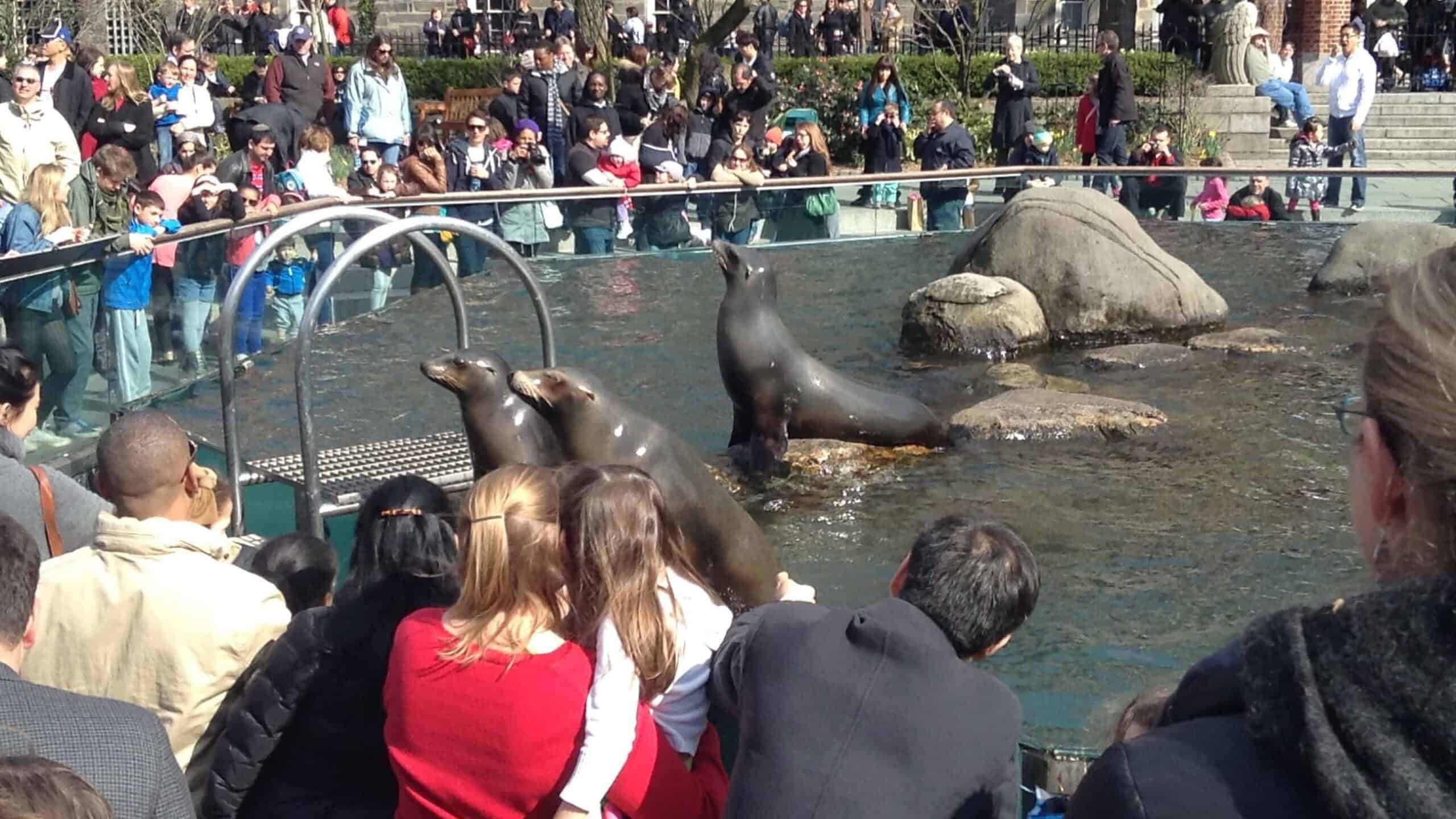
For visitors to aquariums and marine parks, sea lion clapping behaviors offer engaging opportunities for education about marine mammal behavior, communication, and adaptation. Many facilities have developed educational programs that explain the natural context of these behaviors while demonstrating them through trained performances. These programs help visitors understand the difference between natural behaviors that have been shaped through positive reinforcement and entirely artificial tricks, fostering greater appreciation for the natural abilities and intelligence of these animals.
Educational interpreters at these facilities often emphasize that while the clapping may appear celebratory to human observers, it’s important to understand these behaviors through the lens of sea lion biology and ecology rather than human emotions. By framing these observations within scientific understanding, educational programs help combat anthropomorphism while still allowing visitors to form emotional connections with these charismatic animals. Many conservation organizations use these fascinating behaviors as gateways to discuss broader issues affecting sea lion populations, including habitat loss, fishery interactions, and climate change impacts.
The phenomenon of sea lions appearing to clap after meals represents a fascinating intersection of natural behavior, social learning, and human interpretation. While we should avoid overly anthropomorphic explanations that attribute human emotions like “celebration” to these behaviors, the connection between feeding and increased activity, including clapping movements, is well-documented through scientific observation. What we perceive as celebration likely serves multiple biological functions related to digestion, communication, social bonding, and possibly even play—all important aspects of sea lion ecology and society.
As research technologies advance, marine biologists continue to gain deeper insights into the complex behaviors of sea lions and other marine mammals. Through careful observation in both wild and managed care settings, scientists are developing a more nuanced understanding of when and why sea lions perform these clapping behaviors. This knowledge not only satisfies human curiosity about these charismatic animals but also informs conservation strategies and animal welfare practices, ensuring that our appreciation for behaviors like post-meal “celebrations” translates into meaningful protection for sea lions and their ocean habitats.
The next time you observe a sea lion appearing to clap after a meal, you can appreciate this behavior as part of a complex communication system that has evolved over millions of years. Whether reinforcing social bonds, aiding digestion, or simply expressing physical well-being, these behaviors offer a window into the rich behavioral repertoire of these remarkable marine mammals. By continuing to study and protect sea lions, we ensure that future generations can continue to marvel at their fascinating behaviors while developing a deeper understanding of the evolutionary and ecological factors that shape animal behavior across the natural world.
- The Fastest Striking Snakes in the World - August 11, 2025
- 10 Wild Creatures That Are Thriving in Unexpected Places Across America - August 11, 2025
- The Unexpected Link Between Bison and Grassland Restoration - August 11, 2025

